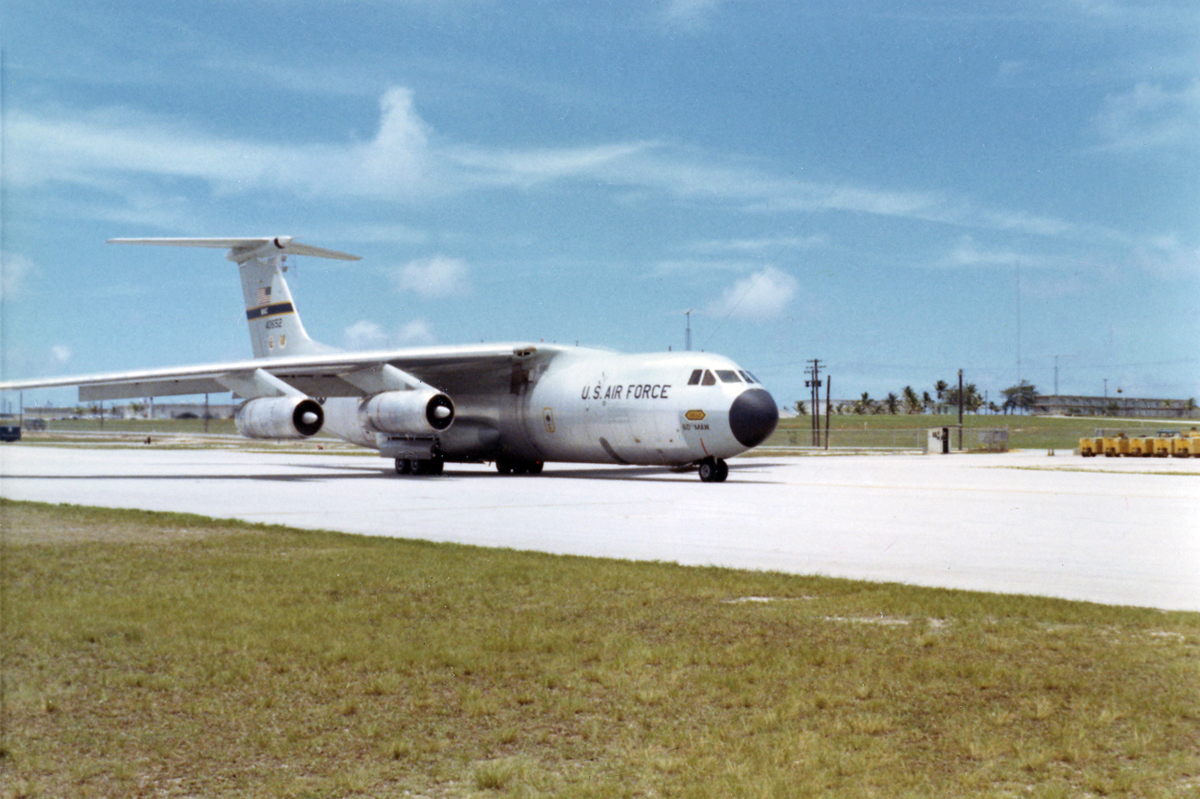Crash of a Piper PA-31-350 Navajo Chieftain near Petros: 2 killed
Date & Time:
Aug 2, 1984 at 1400 LT
Registration:
N27948
Survivors:
No
Schedule:
Fort Lauderdale - Cincinnati
MSN:
31-7952059
YOM:
1979
Crew on board:
2
Crew fatalities:
Pax on board:
0
Pax fatalities:
Other fatalities:
Total fatalities:
2
Circumstances:
The flight departed Fort Lauderdale, FL, on 8-2-84 at approximately 0815 edt for Cincinnati, OH. The aircraft wreckage was found on 11-17-84 on an up slope of big Fodderstack Mountain. The aircraft had contacted a 25 feet tall tree located 200 feet west of the main wreckage. The only known radio contact was recalled by the Monroe County airport manager who stated the pilot radioed to exchange the day's greeting. Exact weather at the accident site could not be determined. However, the airport manager recalled the high terrain being obscured with poor visibility. Both occupants were killed.
Probable cause:
Occurrence #1: in flight encounter with weather
Phase of operation: cruise - normal
Findings
1. (f) weather condition - low ceiling
2. (c) vfr flight into imc - continued - pilot in command
3. (f) lack of total instrument time - pilot in command
----------
Occurrence #2: in flight collision with object
Phase of operation: cruise - normal
Findings
4. (c) clearance - not maintained - pilot in command
5. (f) terrain condition - mountainous/hilly
6. Object - tree(s)
Phase of operation: cruise - normal
Findings
1. (f) weather condition - low ceiling
2. (c) vfr flight into imc - continued - pilot in command
3. (f) lack of total instrument time - pilot in command
----------
Occurrence #2: in flight collision with object
Phase of operation: cruise - normal
Findings
4. (c) clearance - not maintained - pilot in command
5. (f) terrain condition - mountainous/hilly
6. Object - tree(s)
Final Report:






